Specifications
- Hign-concerned Chemical None
- Age Above 14
- Material Nylon, Latex silk, Polyester, Spring
- Applicable People ADULT
Key Features:
- Invisible Support: Our back support’s 4-way stretch elastic material and 3D knitting technology provide a comfortable, discreet fit that easily slips beneath your clothing.
- Prevent Back Injuries: With two adjustable elastic straps, this support offers customizable compression to your lower back, preventing injuries from activities like weightlifting, prolonged sitting or standing, housework, and more.
- Relieve Back Pain: Find relief from muscle aches, disc herniation, sciatica, and scoliosis by wearing this supportive belt.
Package Includes:
- 1 x Waist Support
Experience the difference with CHICTMART. Order your waist support today!
Lower Back Brace Waist Support
Lower back pain is a common ailment that affects millions of people worldwide. One effective solution for managing this discomfort is the use of a lower back brace waist support. This article explores the benefits, features, and tips for selecting the right back brace, ensuring you find the best fit for your needs.
What is a Lower Back Brace?
A lower back brace is a supportive device designed to stabilize the lumbar region of the spine. It is typically made from elastic or neoprene material and is worn around the waist. This brace helps alleviate pain, promote proper posture, and aid recovery from injuries.
Types of Lower Back Braces
Rigid Braces
These braces contain plastic or metal stays for maximum support and are often recommended for severe injuries or post-surgery recovery.
Elastic Braces
Made from flexible materials, these braces provide mild support and are suitable for everyday wear, helping with posture and minor discomfort.
Lumbar Support Belts
These are specifically designed to support the lower back during heavy lifting or physical activity, reducing strain on the back muscles.
Benefits of Using a Lower Back Brace
1. Pain Relief
One of the primary reasons people invest in a lower back brace is to alleviate pain. By providing compression and support, these braces help reduce pressure on the spinal discs and surrounding muscles.
2. Improved Posture
A lower back brace encourages proper spinal alignment, which can significantly improve posture. This is particularly beneficial for individuals who spend long hours sitting at a desk.
3. Enhanced Mobility
For those recovering from injury or surgery, a back brace can facilitate safe movement. It allows individuals to engage in daily activities with confidence, knowing their back is supported.
4. Injury Prevention
When used during physical activities, a lower back brace can help prevent injuries by stabilizing the lower back and reducing the risk of strain.
Key Features to Look for in a Lower Back Brace
1. Material Quality
The material of the brace should be breathable and comfortable against the skin. Look for options made from neoprene or elastic blends, which provide both support and flexibility.
2. Adjustable Straps
Adjustable straps allow for a customized fit, ensuring the brace provides adequate support without being too tight. This feature is crucial for both comfort and effectiveness.
3. Size Options
Choose a brace that comes in various sizes to ensure the best fit for your body type. A properly fitting brace maximizes support and minimizes discomfort.
4. Design
Some braces are designed to be discreet and can be worn under clothing. Others may have a more robust design for maximum support. Consider your lifestyle and choose accordingly.
How to Choose the Right Lower Back Brace
1. Assess Your Needs
Identify the primary reason for needing a back brace. Is it for daily support, recovery from an injury, or prevention during physical activities? Your needs will guide your selection.
2. Consult a Healthcare Professional
Before purchasing a brace, it’s advisable to consult with a doctor or physical therapist. They can provide recommendations based on your specific condition.
3. Read Reviews
Research different products and read user reviews. Feedback from others can provide insights into the effectiveness and comfort of various braces.
4. Try Before You Buy
If possible, try on the brace to ensure it fits well and feels comfortable. Check for any restrictions in movement and make sure it provides the support you need.
How to Properly Wear a Lower Back Brace
1. Positioning
The brace should sit comfortably around your waist, with the lower edge resting just above your hips. Ensure the back of the brace covers the lumbar region adequately.
2. Adjustment
Adjust the straps to ensure a snug fit. The brace should provide support without causing discomfort or restricting your movement excessively.
3. Duration of Use
While a lower back brace can be beneficial, it’s essential not to rely on it constantly. Use it during activities that may strain your back, but allow your muscles to engage and strengthen by removing it during rest.
Common Misconceptions About Lower Back Braces
1. They Are Only for Injuries
Many people believe back braces are only for those recovering from injuries. In reality, they can be useful for anyone experiencing discomfort, especially during physical activities.
2. They Will Weaken Your Muscles
Some fear that wearing a brace will lead to muscle atrophy. While it’s important to strengthen core muscles, a brace can aid recovery and allow safe movement, promoting overall well-being.
3. They Are Uncomfortable
Modern lower back braces are designed for comfort and usability. With various materials and designs available, it’s possible to find one that suits your lifestyle.
Conclusion
Investing in a lower back brace waist support can be a game-changer for those suffering from lower back pain or looking to prevent injuries. With the right choice, you can enjoy improved posture, reduced pain, and enhanced mobility. Always consult a healthcare professional for tailored advice, and remember to listen to your body. By prioritizing your back health, you can lead a more active and fulfilling life.
Sample


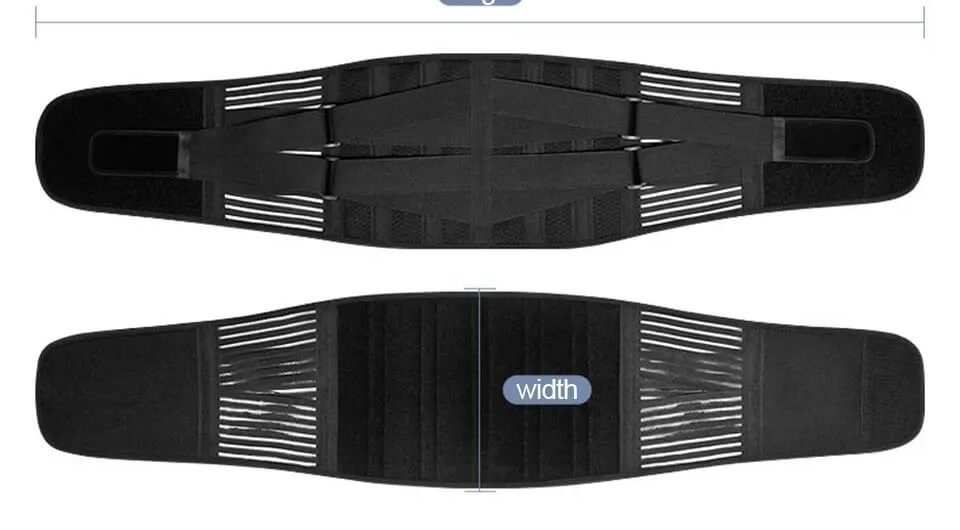
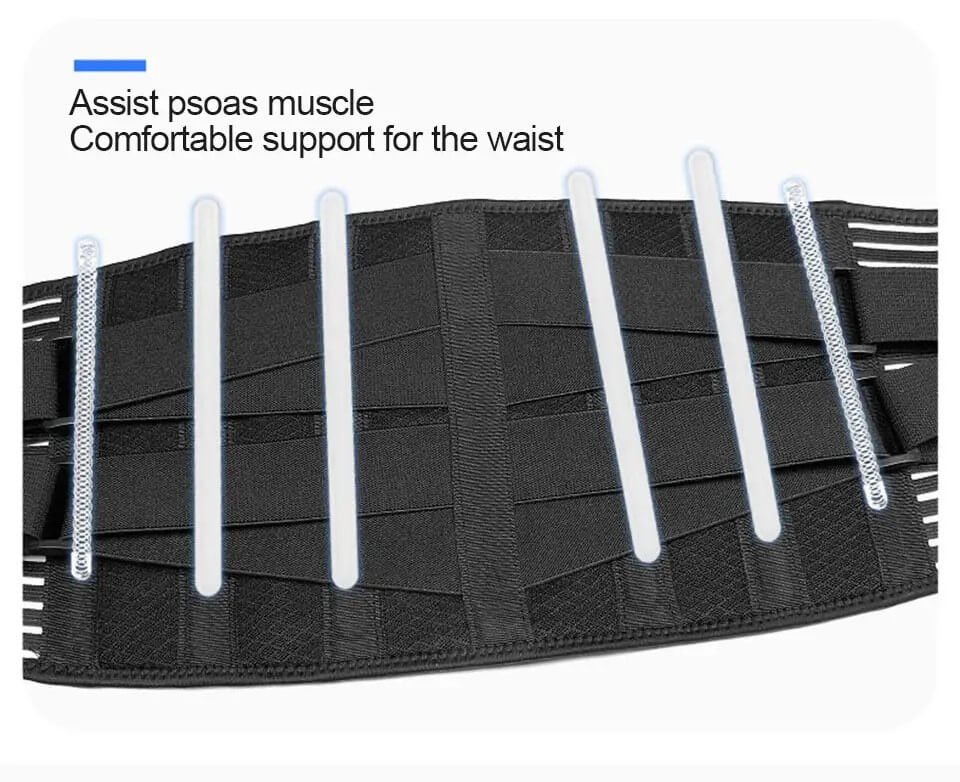
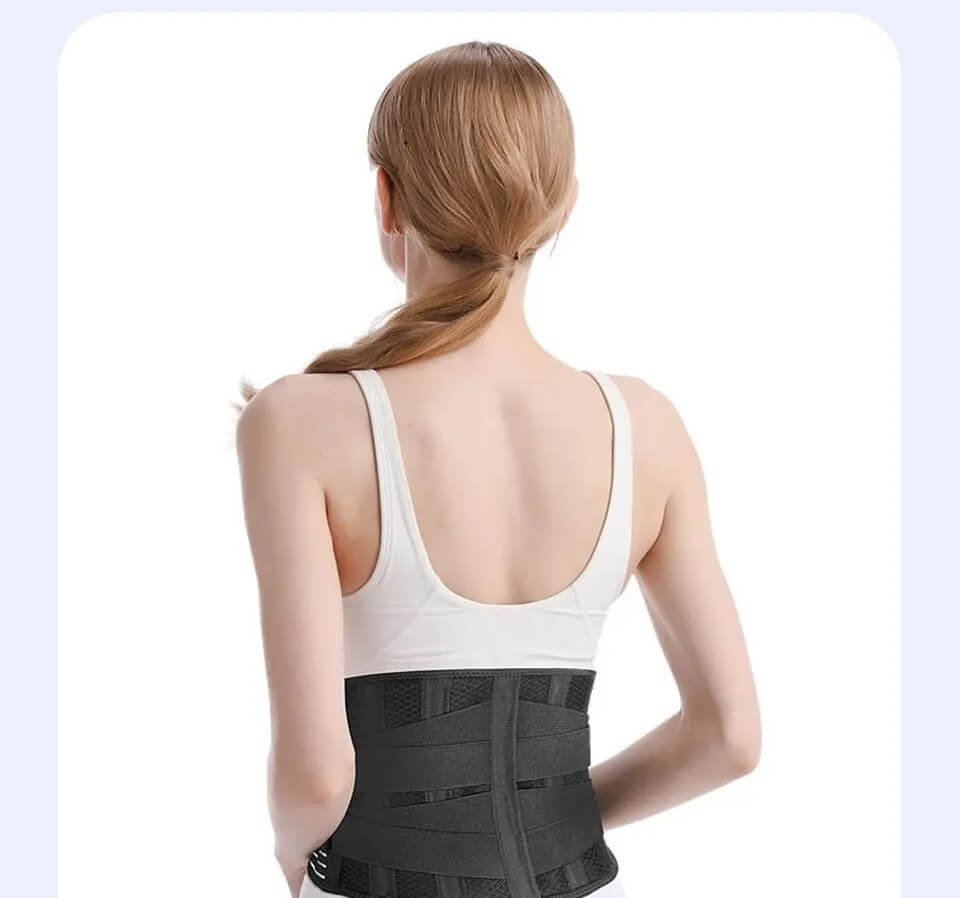
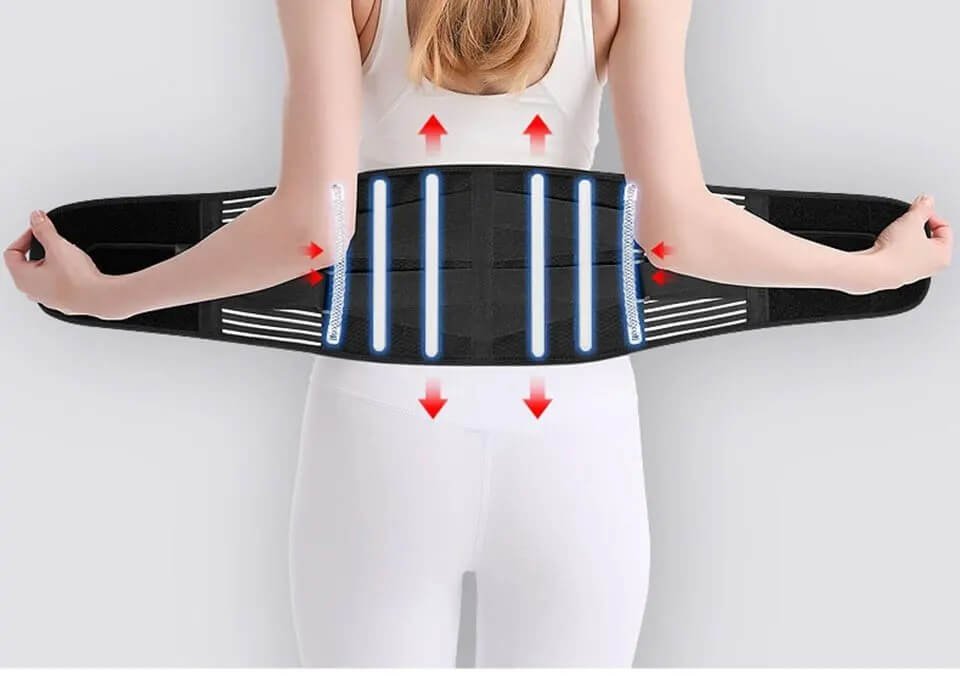
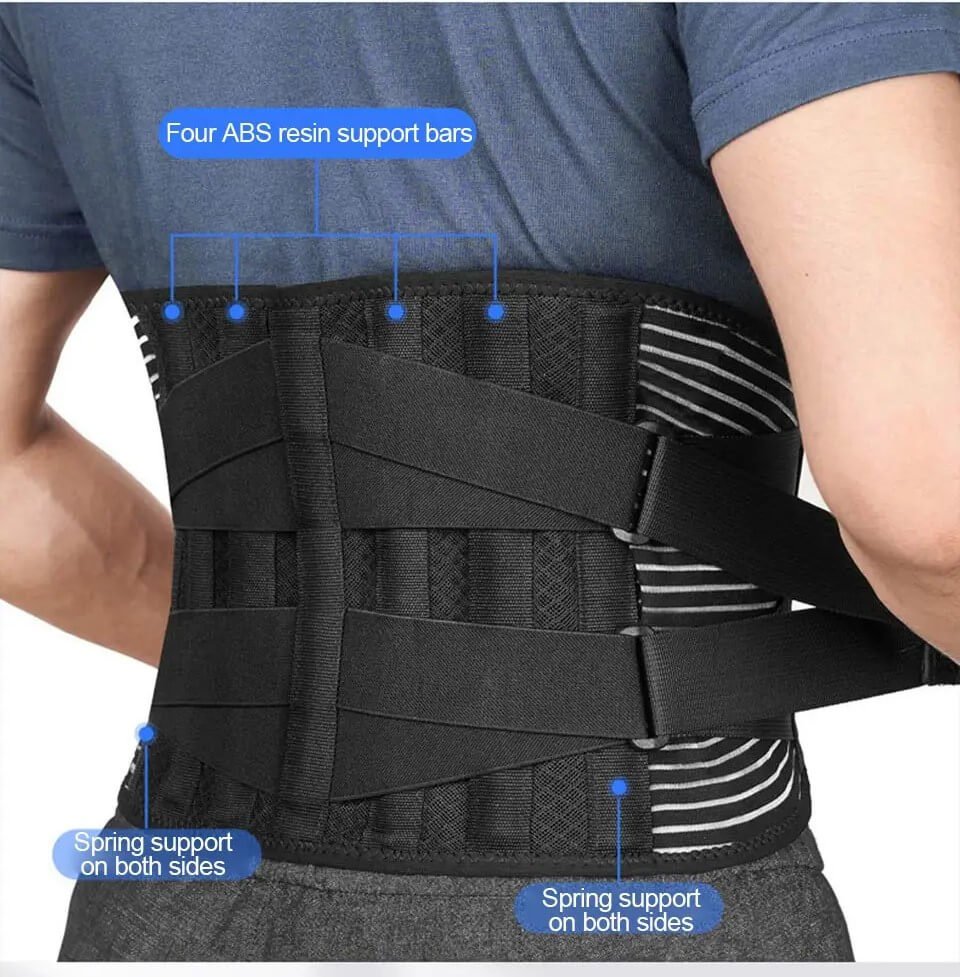
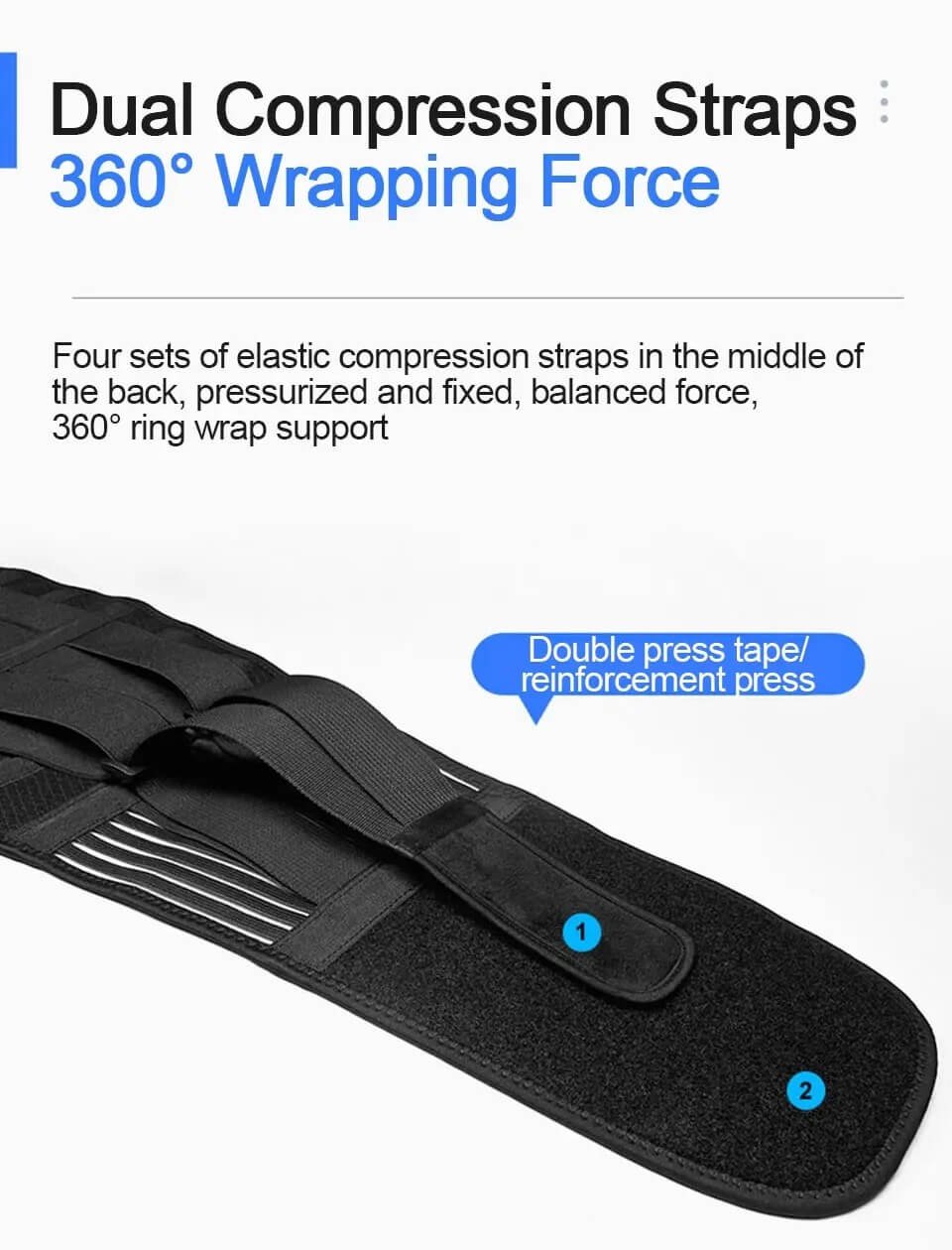
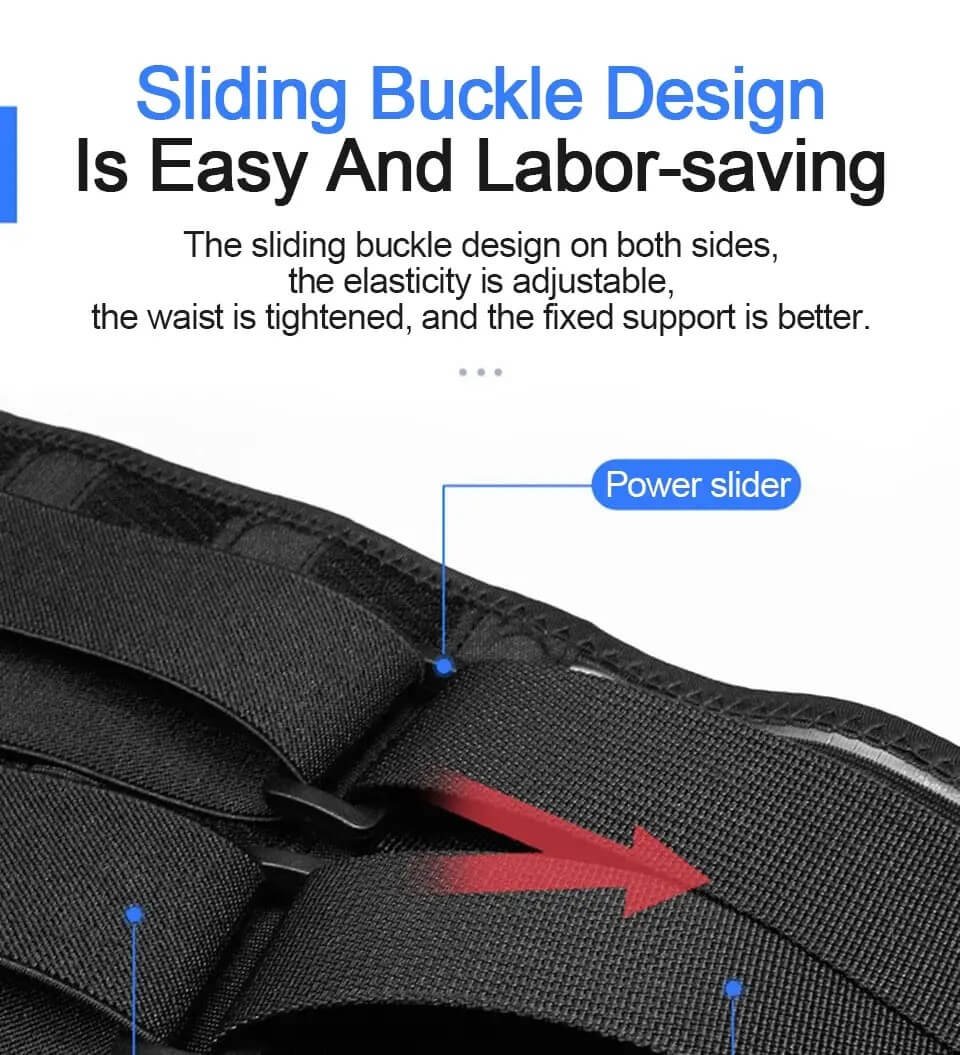



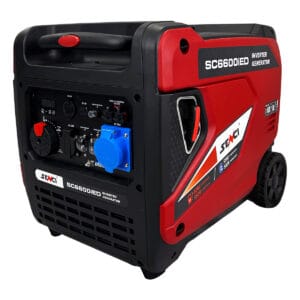
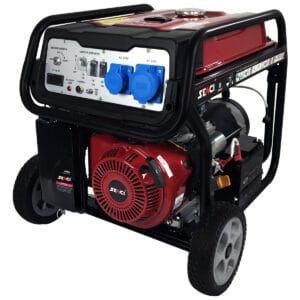





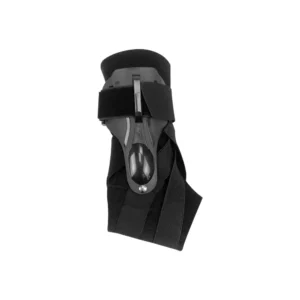



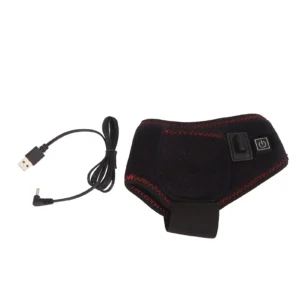
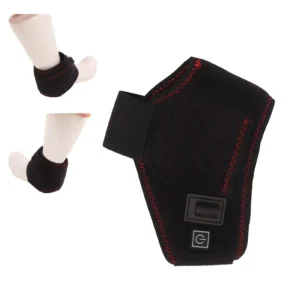
Reviews
There are no reviews yet.